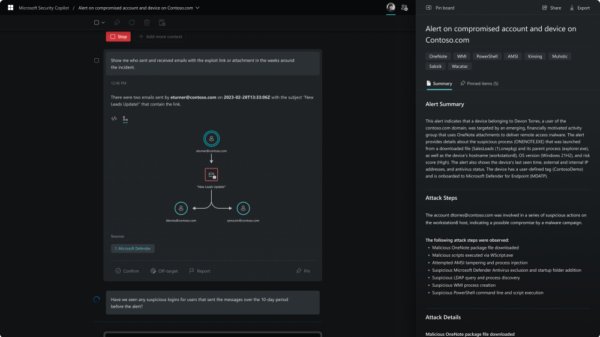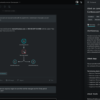DHS Explains Process of Reporting Cyber Incidents to the Federal Government
The U.S. Department of Homeland Security (DHS) has published guidelines on when, how and to which government agency US organizations should report cyber incidents. This follows last week’s release of Presidential Policy Directive 41 (PPD-41) on United States Cyber Incident Coordination — which specifically requires the DHS to ‘maintain and update’ such a fact sheet.
The fact sheet (PDF) makes no mention of PPD-41’s Incident Severity Schema. That schema defined six levels (0-5) that provide a common framework for evaluating incident severity; and according to PPD-41, government agencies should get involved from level 3 upwards.
The DHS guidelines first define a cyber incident (“an event that could jeopardize the confidentiality, integrity, or availability of digital information or information systems”), and then define whether the severity of the incident warrants reporting. “Victims,” it explains, “are encouraged to report all cyber incidents that result in significant loss; impact a large number of victims; indicate a compromise of critical IT systems; affect the critical infrastructure; or impact national security, economic security, or public health and safety. Fundamentally, it remains a value judgment by the affected organization.
The primary purpose of the document is to help victim organizations report significant incidents to the correct federal agency. The problem is the range of different agencies with different areas of focus. PPD-41 tried to simplify the problem by dividing incidents into three separate categories: threats, assets, and intelligence, with different agencies taking the lead in different categories. This document makes no mention of the ‘intelligence’ element that would involve the Office of the Director of National Intelligence.
In some ways, however, it further confuses the reporting by specifying five different agencies for five different nuances of incident. The agencies are:
FBI — for cybercrime ranging from fraud to ‘foreign intelligence activity’
National Cyber Investigative Joint Task Force — for major cyber crimes that require assessment for action and investigation
U.S. Secret Service — for intrusions that include password trafficking or involve the theft of payment cards or other financial information
ICE/HSI — for IP theft, illicit e-commerce, smuggling, child pornography and ‘internet-facilitated proliferation of arms and strategic technology’
National Cybersecurity and Communications Integration Center (NCCIC) — for government assistance in removing the adversary and restoring operations
It does, however, make clear that whichever agency receives the initial report, that agency will be responsible for bringing in the other agencies as necessary.
“The federal agency receiving the initial report,” it explains, “will coordinate with other relevant federal stakeholders in responding to the incident.” It also makes clear that such reporting does not negate any separate legal or contractual requirement to report an incident.
Since the majority of the incidents described in the DHS fact sheet will at least start with a cybercrime ranging from fraud to ‘foreign intelligence activity’, it is likely that many organizations seeking government assistance will simply report the incident to the FBI, and leave it to that agency to decide which and when other agencies should be brought in.












